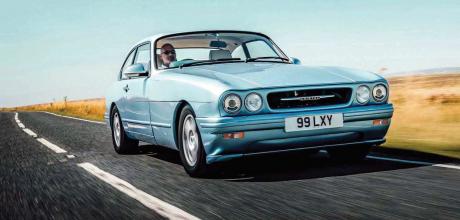2009 Bristol Blenheim 4S
Few marques had such singular styling and engineering themes as Bristol. The unique Blenheim 4S is the very last of its V8 line, and has a powerful tale to tell.
Words Simon Charlesworth
Photography Tom Kahler
BRISTOL BLENHEIM 4S
Appreciating the very last of the V8 Bristols
After a Bristol fashion
The unique 2009 Bristol Blenheim 4S is the last Bristol V8 built. It is literally the end and figuratively the full-stop to the tale of Bristol’s A-frame chassis, a saga that began with the marque’s first model, the Type 400 of 1946: an aeronautically inspired development of 1930s BMW hardware. More specifically, the Blenheim’s DNA can be traced directly to the 1976 603, the car that should have been the first Bristol under the auspices of Tony Crook, then owner and chairman.
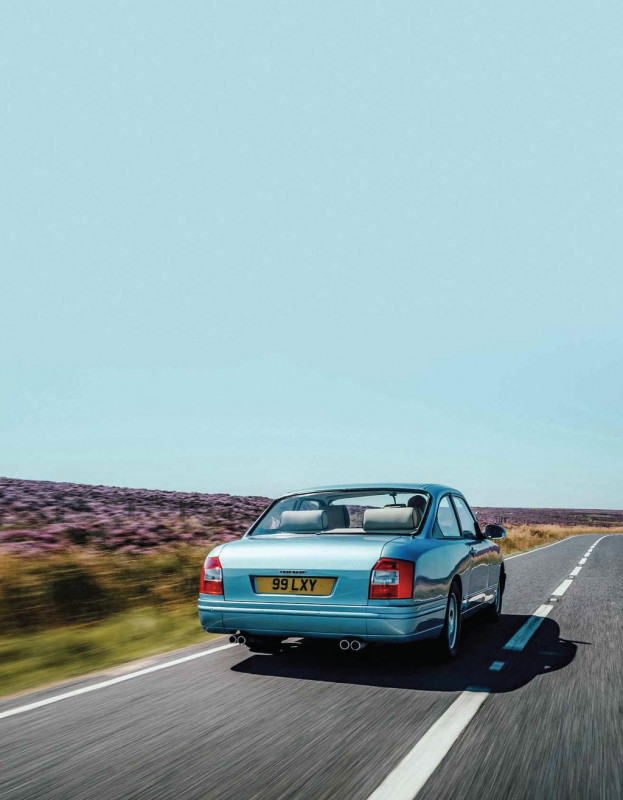
Styled by Dudley Hobbs, the 603 was intended to bring Bristol into the 1970s with a rakish, angular design and more interior room than the outgoing 411. Beneath its eccentric bodywork, Bristol’s engineering had continued to evolve since it first fitted the Chrysler V8 engine into the 407, in the early 1960s.
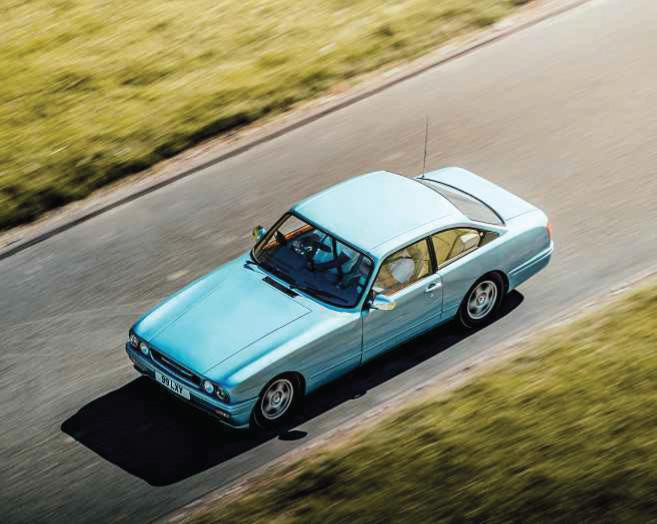
The 603 would go on to attract a following, but it started life as a troubled child. Jeff Marsh, former workshop manager at Bristol’s Patchway factory, not far from the old Filton HQ, recounts some of the issues. ‘When the 603 started to come onto the line, there were things wrong with it because Tony Crook was trying to push it. He sacked, I think, four of the designers when the 603 came out, because it didn’t work properly. Hobbs stayed about another three or four months before he retired.’
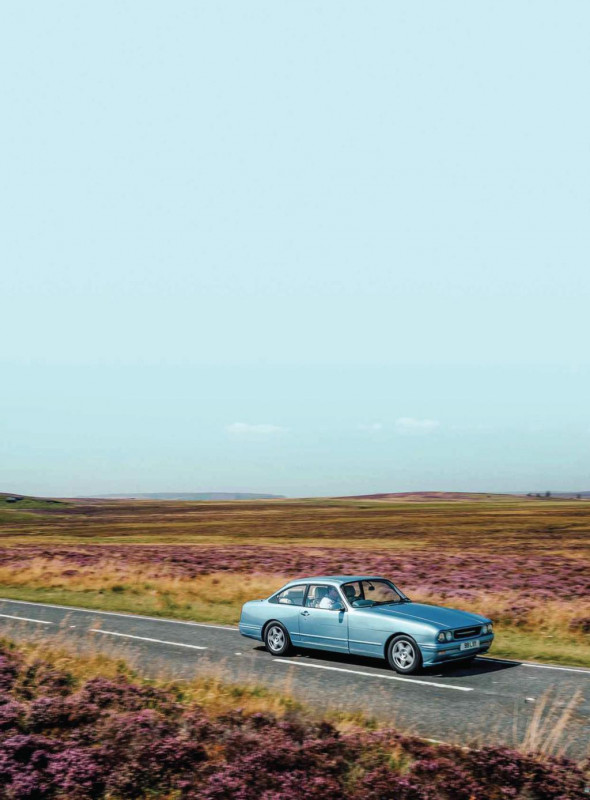
The first Blenheim showed up in 1993 – priced at £109,000, basically Rolls-Royce money – and its biggest setback was its inherited design. The 603 was slab-sided, with a cabin much wider at the rear than the front (in plan view), giving it a top-heavy look exaggerated by the roof gutter running into the C-pillar, and the rear wings’ tapered profile. Detailing was improved for the Brigand and Britannia of 1982, but a new look was needed. And, by the 1990s, there was another problem.
‘Crook wanted to reshape it so that it looked a bit better,’ recalls Jeff. ‘We started on the rear and modified it with Vauxhall Senator lights. Unfortunately, Crook was running out of money, so at the front we just cut a panel and put lights in it. He managed to sell a few…’
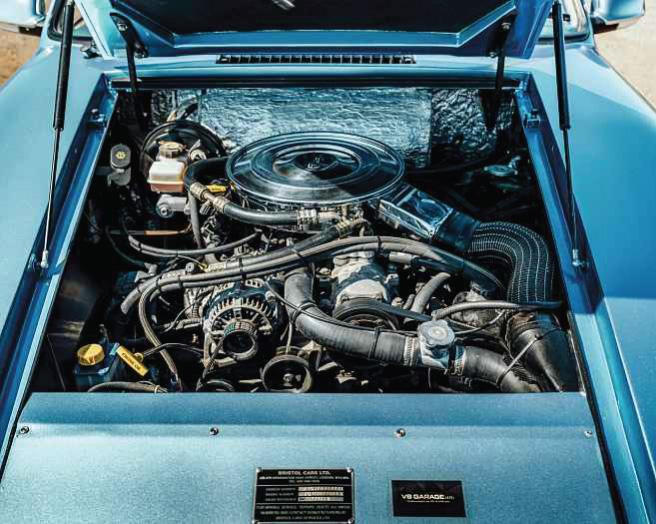
That same year Autocar & Motor quoted Crook’s desire to seek external assistance for a ‘completely new car’: ‘I’m not indestructible, even if the cars are. But I owe it to my family to make sure the business survives. The time has come to share the burden, but I’d like Bristol to go on as an independent British company.’
As for the new Blenheim, the magazine concluded: ‘As a gentleman’s express it performs pretty well, provided the gentleman knows what he’s buying.’
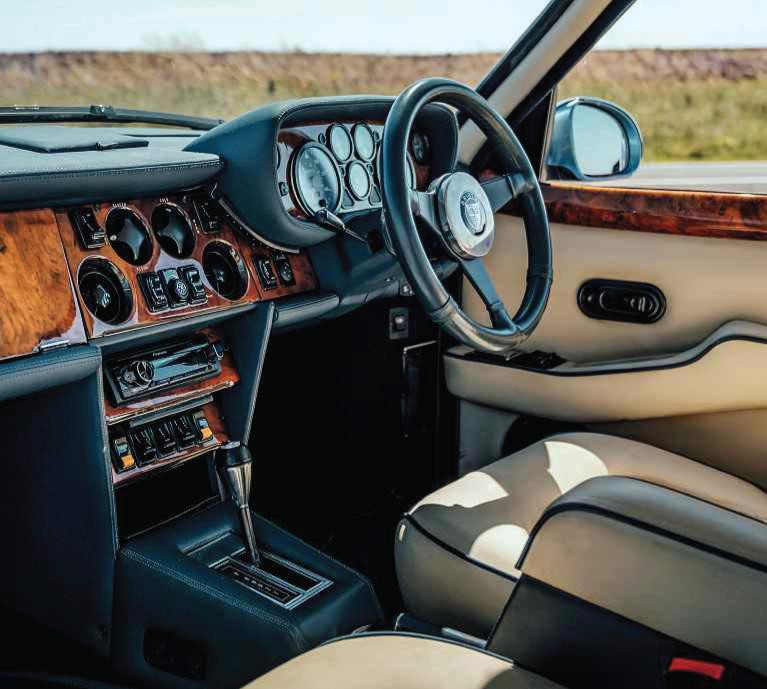
Bristol’s short-term financial problems were helped by factory restoration work, but the real boost to its coffers came in early 1997, when Crook was joined by a new partner, Toby Silverton, who took an initial 50% stake before buying the whole business in 2004 and becoming chairman.
‘Crook, in his marvellous way, managed to make sure that I didn’t drive the Blenheim until after I bought the company,’ says Silverton, with a rueful smile. ‘There was always a reason why it was unavailable. Probably a good thing – had I driven the only sales car, I probably wouldn’t have bought the company.’ He later discovered that, in 1996, ‘Crook had given 20 demonstrations in the car and sold only one.’
The Blenheim certainly had its issues, not least its styling (‘Alex Moulton said it sat like a baby with a full nappy’). Its engine felt unrefined, wouldn’t rev above 4000rpm, and lacked performance thanks to unsatisfactory emissions equipment, while the suspension suffered inadequate roll stiffness, which hadn’t been altered for 30 years.
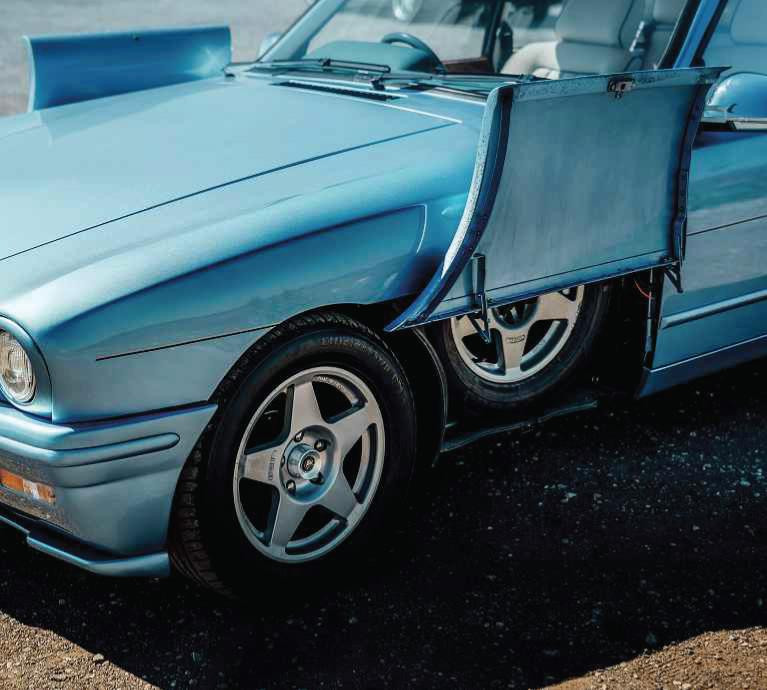
‘I embarked on a crash programme to make it saleable,’ says Silverton. Styling details were revised, the track widened and suspension geometry revised, there were new springs and variable-rate dampers, emissions equipment was improved, while a new camshaft, ECU and exhaust system lifted output from 225bhp at 4200rpm and 340lb ft to a healthier 275bhp at 4700rpm with 370lb ft – the Blenheim 2 could sprint to 60mph in the low sevens. ‘It came out seven months after I arrived,’ says Silverton.
Jeff Marsh remembers: ‘When Toby came, he decided that the 4in headlamps weren’t any good and he wanted 5in lamps, so we modified it. He then allowed me to make a proper front spoiler and we modified the wings slightly to give it a bit of shape.’
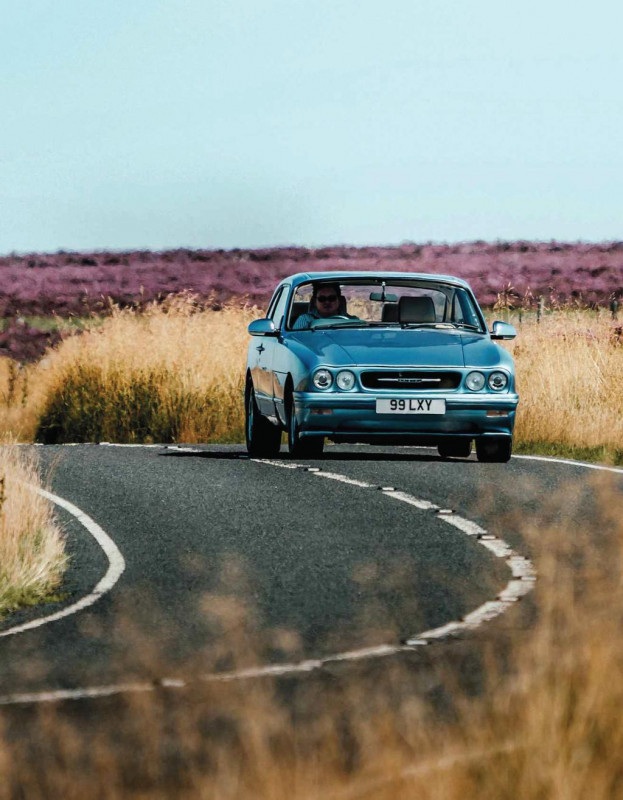
After mentioning some other improvements, which included contoured seats and updated instruments bearing the ‘Bristol’ legend, Silverton adds: ‘The Blenheim 2 was a nice, precise, reasonably agile GT that was plenty fast enough. Take-up from demonstrations was about 40%, which is what you’d hope it would be. So the car was now saleable.’
To keep up this momentum, the Blenheim 3 followed in 1999 – it’s a model Silverton describes as ‘the car I’d have liked the Blenheim 2 to have been but didn’t have time’. Styling changes were rudimentary yet effective. ‘I got a model of the existing car, chopped the nose off, made up in plaster what I wanted and took it down to the factory. I gave it to Jeff and four days later he had a mock-up in wood on the front of the car, exactly as I’d done it – which was great. That was really one of the impressive things about Bristol, you could change things so quickly. It is hard to graft something new onto something that already exists.
‘It looked a lot more cohesive. It has some shape that people got to like after a while. And it was nice to do some things that were quite “Bristoly”: we found that, when we added the splitter, it eliminated front-end lift without adding any drag. I used a device I’d seen on aircraft in the grille. The crossbar is actually shaped, so that it starts as an aerofoil then cuts at the back. At low speed, it lets air through perfectly normally and at high speed it stalls, sending air over the bonnet, to reduce drag and avoid overcooling.’
It proved popular: ‘The Blenheim that sold the best was the 3,’ says Richard Hackett, who worked in Bristol’s Kensington showroom.
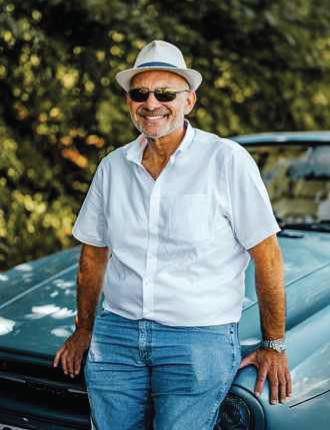
Logically, the model that should have followed the 3 into production was the Blenheim 4 but, rather than each car earning the company £36,000, as Crook had promised, Silverton found that each of the original Blenheims was losing it £36,000. ‘They were originally buying all parts at retail, and it took 1800 hours to build a Blenheim. I think a 411 took 750. It was shocking. There was no point in making any more Blenheims because we still lost money, yet there was a process going on up to the point of the 4, where we were improving the car and trying to find a way forward with the Blenheim platform.’
Serious thought went into new rear suspension; a de Dion tube and multi-link design were both considered because of the Bristol chassis’s strength and integrity. ‘With live axles no longer available, you had to get things specially made, which is expensive. As we were going through it, the gradual realisation came that we were starting at the wrong point. I think the 4 was our attempt to see how, without adding cost – and preferably reducing cost – we could update the body and make it more visually polite.’
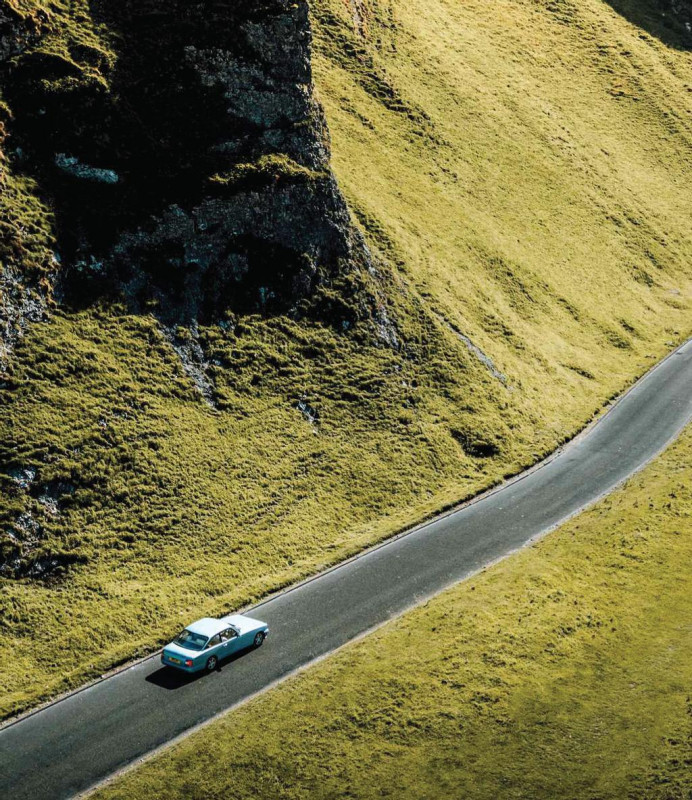
There is only one Blenheim 4S, and it is still with its original owner, Richard Levine, who retains its history file. It includes a letter from Jeff, stating: ‘Between 2007 and 2009, I supervised the build of a one-off model known as the Blenheim 4. Initially a development car “clothed” in unique body panels, which was originally to have been the production successor to the Bristol Blenheim 3.’
Richard – a serial Blenheim owner – had wanted a 411 Series 6 but, when that fell through, Toby Silverton gave him some photos of the 4. ‘I asked, would you be willing to make one for me? He said yeah, if we can agree a price,’ says Richard. There was a proviso that his car would remain unique. ‘If I’m going to be an advert for you to make loads more, then no, I don’t want it!’
While every panel other than the headlamp surround and front bumper is new, the most obvious difference is the 4S’s Audi tail-lights. Yet the biggest change is its narrowed and de-guttered roof. This has vanquished the last hints of the 603, for it has increased the rear side windows’ tumblehome (something Jeff had attempted on the Blenheim’s still-born Crook-era replacement, the Buccaneer). That means the 4S’s rear windows can’t be opened, so it is the only Blenheim to have front and rear air-conditioning. Indeed, while sitting behind Bristol’s unmistakable seven-clock instrument binnacle, you notice the 4S’s unique touches, which include a bespoke centre console that Richard ensured housed the stereo, rather than it sitting in a dash-top pod that looked like the press box at Lord’s. The pale blue 4S certainly catches the eye, drawing inquisitive admirers.
‘I paid £181,275 for the 4S,’ says Richard. ‘It took 14 months to build, from the time of paying my deposit. I was told that after the build costs went through the £300k barrier, Syd Lovesy [Bristol’s late works manager] was instructed not to keep updating Toby!’
Even then, fuel price concerns were enough that the 4S is equipped to run on either unleaded or LPG, yet still it drives as a Bristol V8 should. It was specified by Richard with soft suspension and light steering, and is set-up to drive with comfort more in mind than a sporting feel. Road imperfections are hardly felt, cattle grids are reduced to a brief and quiet brrrr, and the 4S feels remarkably strongly built and rigid for a car with a separate chassis.
‘There is only one Blenheim 4s, and it is still with its original owner’
Only the tightest bends with chevron signs and adverse camber catch it out. Body roll and the low-geared featherweight steering make the front feel somewhat unincisive but, as soon as the roads flow fast and smooth again, so the 4S returns to being a quick, unfussed GT. The four-speed automatic gearbox slips through the gears and ensures that there is plenty of muscular shove from the S-spec 5.9-litre V8, which emits only a polite bassy hum as a clue to its 350bhp and 420lb ft. It is an incredibly calm way to enjoy Peak District roads.
The Blenheim’s air-conditioned, torque-rich driving experience makes it is easy to lose sight of its maker’s precarious position in 2009. By the time Richard took delivery of the Blenheim 4S, Bristol’s future was the Fighter and Tony Crook was history (he left Bristol a crimoniously in August 2007 after declining the opportunity to run Bristol’s pre-owned sales business).
‘I didn’t want to run the company,’ stresses Silverton. ‘When Crook ran it, I think the least we lost per year was £400,000, and the most, in the final year, was £1m, which I had to put in out of my pocket. That’s why Crook had to go. It was a very painful thing for me because he was like the charming, mischievous uncle I never had. I just needed him out of the way to put the company back on its feet.’
The unfeasibility of the Blenheim and the outdated Patchway premises meant Bristol’s works was not long for this world. The future was in a new modular design, built from subassemblies – much in the way that the 411 had been supplied by Park Royal. The problem was the factory’s 14-year lease, the solution to which was to place the company in pre-packaged administration, a quick process that took roughly a day. Only then the law changed.
‘We were faced with a conventional administration process. It was a big risk. There were eight bidders, and only one was marginally higher than us, which in the scheme of things was absolutely nothing.’ Ultimately, then, it would be a new owner that would begin a new chapter for Bristol Cars. ‘I’d worked 14 years to get it to that point and have everything looking bright for the future,’ says Silverton: 2011 was the first year in which the company had made money in probably 20 years, and there were other unfulfilled objectives.
Promising plans included welcoming the respected motor industry executive Bob Dover as chairman. His appointment would have left Toby Silverton free to concentrate on design, research and development work, and to tackle projects that included an improved, more cost-effective Fighter, and a new Hemi-powered Fighter-based two-door GT. That would have been a tantalising successor to Bristol’s long line of V8 models.
THANKS TO owner Richard Levine, and to SLJ Hackett – sljhackett.co.uk, +44 (0)1985 219551 – which is selling the car.
Right, above and below Bristol's traditional front wing location for spare wheel continued with the 4S; centre console finally allows proper space for a stereo.
Clockwise, from above Owner Richard Levine bought the 4S new; smoother styling, still no classical beauty; uprated VS runs on LPG; Audi tail-lights dominate the tail.


